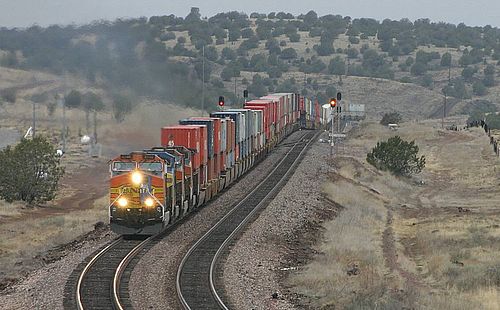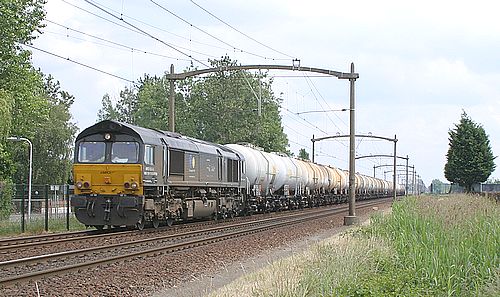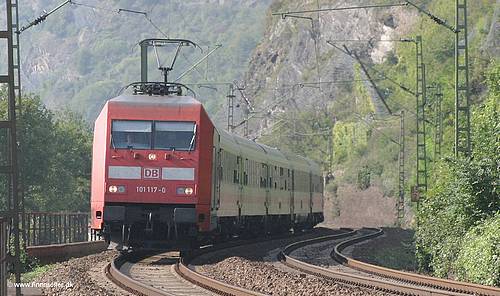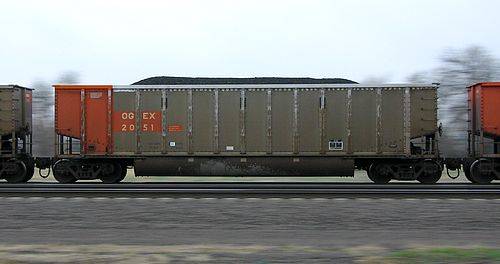HOW TO TAKE PICTURES OF TRAINS |
| Home > Trains > How to take pictures of trains |
| On this page I will discuss the art of taking (good) pictures of trains and try to set up a few general rules. These rules are the rules I try to follow to get pictures that stand out. Much of the time the conditions (time, place, weather etc) are not right for taking pictures that stand out, so let me be the first to admit that many of my pictures are just semi-boring roster-shots. | ||
Composition | ||
| (One of ) the most important thing in the art of taking a good picture is the composition. A good composition can be many things, it can tell a story, it can emphasise a fast or a long train, and many other things. I find it a little difficult exactly to define what makes a good composition.
But personally I generally like train pictures taken with tele lenses. The use of tele lenses gives a compressed look - see the picture of a very long american freight on the right - the whole train is visible in the picture despite it being very long. |

The use of a tele lens gives a compressed look (Crookton, Arizona, USA). |
|
Challenges to a good composition and pictureMany things can make it difficult to take a good picture, in this section I will mention some of them and ways to avoid them. |
||
Overhead wiresOverhead wires often makes it difficult to take good pictures of trains, especially because the structures holding the overhead wires often are very dominating or obscuring a "clean" view of the train. Pictures taken from a bridge will almost always have the overhead wire as an irritating element. In some cases - depending on the layout - the overhead wire system can act like a kind of portal or frame around the train, and in a way improve (or at least not ruin) the picture. In such cases, timing is very important, the location of the front of the train relative to the structures holding the overhead wire has to be right. On the right is an example where the overhead wire system acts like a portal, in this case on a straight line. |

The overhead wire system can acts like a portal or frame (Hulten, The Netherlands) | |
| If a line with overhead wires has curves you can sometimes find a spot on a curve so that the overhead wire structures become much less dominant. The picture on the right was taken from the side of the road without trespassing onto the railway. |

If you can catch a train on a curve, the overhead wire structures can be less dominant (Kaub, Germany) | |
Long exposure / "pane-shot" | ||
| Using a long exposure time when taking pictures of a moving train will result in unsharp pictures, partly because the train is moving, partly because of camera shake. This should generally be avoided, but in some cases it can be used to achieve special effects.
There are 2 principal ways of using long exposure time: 1) the surroundings are unsharp, 2) the train is unsharp. 1) The surroundings are unsharp: This is also known as a pane-shot - the technique used is to pan the camera so it follows the train. This means the train will be sharp and the surroundings unsharp. The exposure time has to set so the train is sharp (= not to long exposure time) and still so long, that the surroundings will be unsharp. 2) The train is unsharp: This is the opposite of a pane-shot, that means no panning. The result is a picture that illustrates the movement and speed of the train. |

Pane-shot can be quite effectful.
Long exposure time illustrates movement and speed. | |
| More to come.... | ||